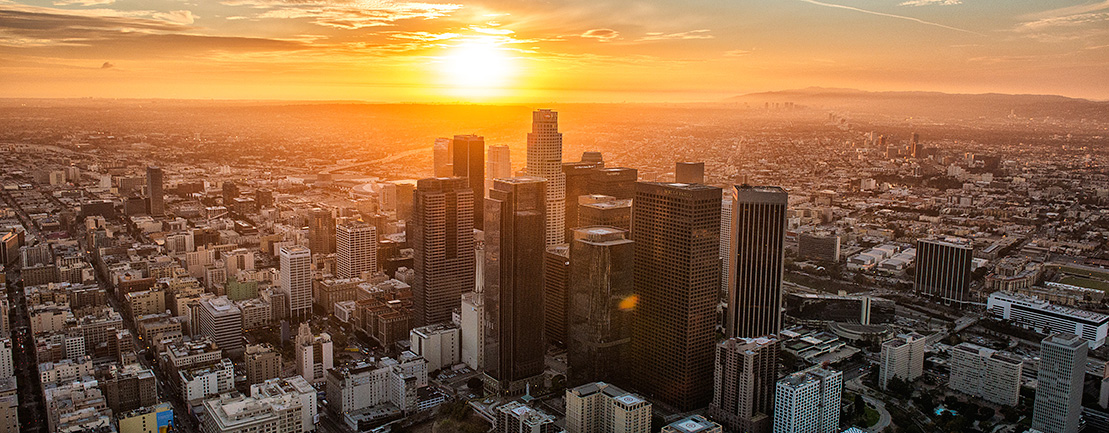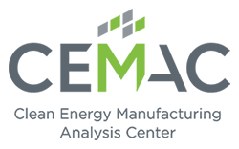View from Above: Importance of Clean Energy Manufacturing to Cities and their Residents
November 10, 2015
By Jill Engel-Cox, Ph.D., CEMAC Director

Twenty-five years ago, I started my career as a junior air quality engineer, climbing smokestacks at industrial manufacturing facilities in Los Angeles, California. I sampled the stack emissions of oil refineries, parts manufacturers, metal smelters, and waste treatment plants, among many others. From the top of a stack, you can see the entire industrial facility and its neighbors near and far — other industrial plants, worker housing, office skyscrapers — all connected by a vast highway system across the whole city. While many know L.A. for movies and beaches, industrial manufacturing is its real heart. In 2012, the U.S. Census Bureau reported that the Los Angeles-Long Beach-Anaheim Metro area had 17,461 manufacturing facilities employing over 500,000 people with US$211 billion in revenue, 10 times the revenue and 4 times the employment of the entertainment industry.i Manufacturing helps makes L.A. and other cities the vibrant places that they are.
Yet, a view from a stack also makes it easy to see an unfortunate by-product of traditional petroleum-powered energy and transportation systems — a thick layer of smog covering the Los Angeles basin. According to the South Coast Air Quality Management District, when I was climbing stacks in 1989–91, the city exceeded the Federal ozone standard about 200 days per year (it has improved now to under 100 exceedence days).ii Pollution levels such as these increase emergency room visits, decrease worker productivity, and shorten lifespans, ultimately weakening the economy and undermining the vibrancy of the city.
While it is possible to scrub some of the pollutants from those stacks, it is clear that preventing pollution through clean energy manufacturing is the best approach, creating cleaner sources of energy and providing jobs that support a dynamic community. The future for our quality of life is clean fuels, renewable power, and clean manufacturing.
I am delighted that my career path has led me to the Clean Energy Manufacturing Analysis Center (CEMAC). CEMAC collects information and prepares analysis needed for government and industry leaders to make decisions about how to promote clean energy, from research to manufacturing to deployment. Together, we can create our clean energy future.
iU.S. Census Bureau, American FactFinder, Release 10 Nov 2015,
iiSouth Coast Air Quality Management District, Historic Ozone Air Quality Trends, , Accessed 12 Nov 2015

